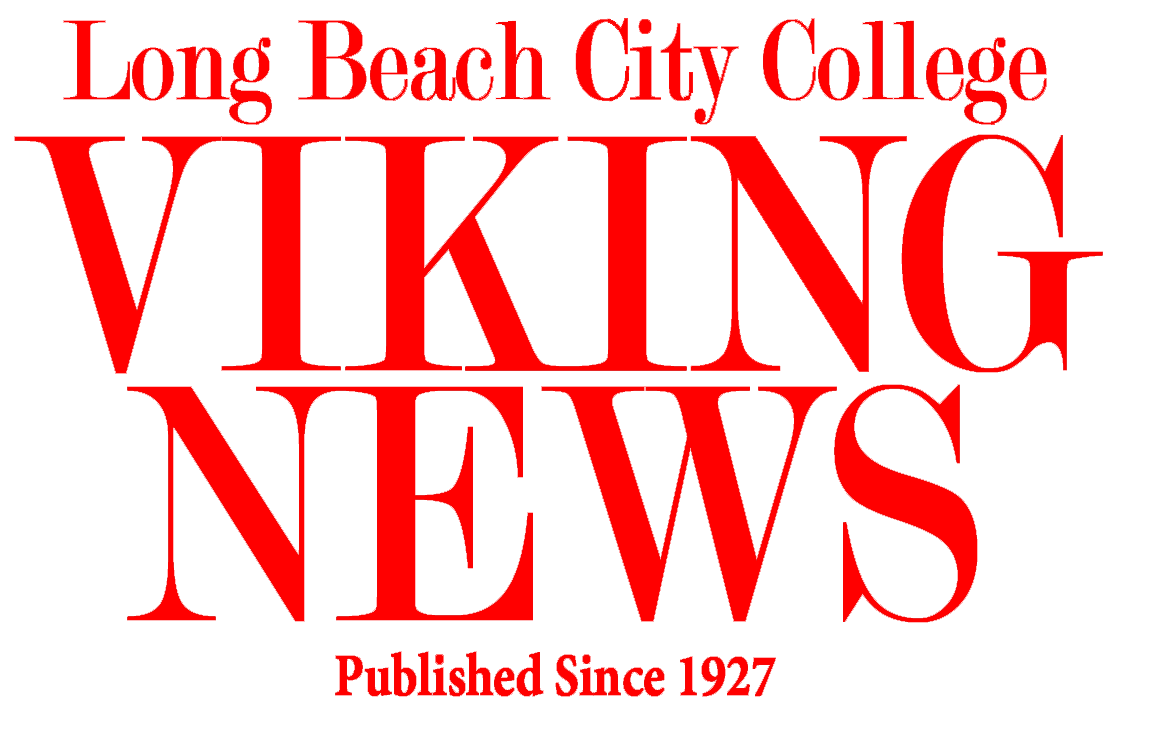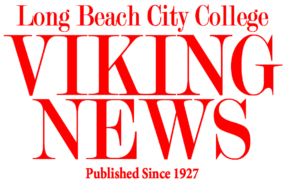It’s often the case that students go unaware of not only who the superintendent-president is, but the impact that the position has on school affairs. Given that the role directly impacts financial and academic resources, this unawareness can be a liability to the success of the student body.
On September 7, 2021, the LBCC Board of Trustees officially launched the nationwide search for a permanent superintendent-president. The search comes on the heels of a scandal involving the firing of ex-president Reagan Romali due to alleged misconduct and misuse of public resources in March 2020.
However, despite the highly publicized scandal surrounding the firing, many students remain unaware it ever happened.
Logan Stepropoulos and Kathleen Vento, both English majors at LBCC, say they have never heard of Reagan Romali or the scandal. Similarly, they have little to no idea who the newly appointed Interim Superintendent-president Dr. Mike Muñoz is.
“I think I get emails sometimes from [Dr. Muñoz],” said Vento. “But I really have no idea what he does or who he is.”
Dr. Muñoz was appointed by the Board of Trustees as a stand-in for the superintendent-president only this March, but students like Vento or Stepropoulos still have no idea what the superintendent-president and the Board of Trustees even do.
According to the official job description,“the superintendent-President serves as the Chief Executive Officer of the District and of the College itself.” That means they:
- Report to the Governing Board and do all the “assessing, planning, organizing, and evaluating the resources, programs, and services of the District to meet the educational needs of the students and the community.”
- “Represent the District to community groups, business and industry, labor organizations, public school districts, the Chancellor’s Office of the California Community Colleges”, other public and private educational institutions like the University of California, and the city, county, and California legislature.
This description seems overwhelming, and maybe it should, because essentially it means the superintendent-president has a huge say in what departments and programs get funded, and the use of campus resources.
They also determine what kind of relationships LBCC forges with the local community and organizations, as well as California lawmakers—and an overwhelming amount of the student population have no idea.
This is partly because the pandemic has exacerbated the number of students learning online exclusively, and thus widened the gap between students and campus related information. It’s likely that’s especially true regarding campus politics, which many students do not pay close attention to.
While student activism and involvement in American politics has been steadily on the rise since the 1960s, many students on college and university campuses nationwide may not bother to access information about decisions being made by their school government unless they are part of certain organizations. In fact, studies from education administration experts since 1999 have shown that student governance associations have more influence than individual students.
This is problematic because it means many students go uninformed about decision making that directly impacts program budgets, on campus policies about student services, facility usage, curriculum planning, and even college accreditation.
A good example of that impact is an incident in 2013, when the Board of Trustees voted to cut the LBCC Trade Program to the anger of Long Beach students and alumni who felt that cutting the program and denying certifications for trades like welding also denied a working class community opportunities to economically flourish.
The program was later rebooted in 2019 with an aviation/aerospace focus that relies heavily on industry partnerships, but the message was pretty clear: the superintendent-president and the individuals on the Board of Trustees have the power to both kill and reboot entire programs, and forge the professional connections students at LBCC utilize to start their careers.
In a city like Long Beach, where according to Data USA, the poverty rate was as high as 16.8% before the pandemic, cutting programs that could offer or expand career opportunities could contribute to gaps between socioeconomic classes and the gatekeeping of higher education.
In a post-pandemic world community colleges like LBCC, which offer resources that are more accessible to students that struggle financially, are more important than ever. Making sure those college resources continue to benefit the community involves students making sure their interests are known and protected.
With the economic effects of the Coronavirus pandemic in mind, LBCC students should pay close attention to the ongoing search for the new superintendent-president. They should be aware of the existence of a Search Committee, watch the broadcasted interviews, check in on the schedule of the Board of Trustees, and tune in to Trustee meetings via livestream.
Although LBCC is a school where students are typically enrolled for around two years, the Vice President of Human Resources, Loy Nashua, agrees that the selection for the next superintendent-president concerns all the student body, present and future.
“I know that change takes time,” said VP Nashua. “But some things can be readily implemented so that even current students can reap the benefits immediately.”


